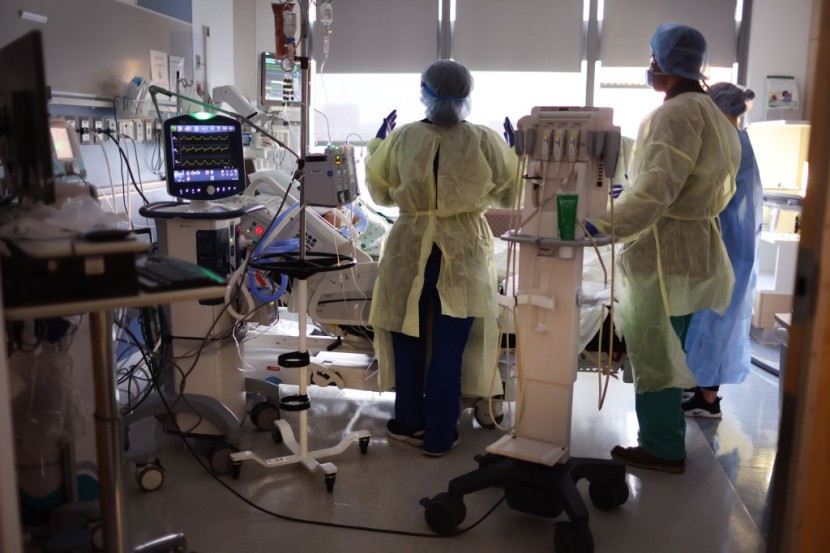
Health experts are warning against a potential new surge of coronavirus infection in the United States as the Omicron BA.2 subvariant continues to spread.
Furthermore, officials are urging residents to be more resilient and aware of their health as the subvariant symptoms become more apparent and known. Authorities have estimated the BA.2 to be responsible for roughly 35% of coronavirus cases in the U.S. between Mar. 13 and Mar. 19.
Omicron BA.2 Subvariant
The data comes from the most recent variant proportion data that the Centers for Disease Control and Prevention (CDC) released. The prevalence of the subvariant marks a rise from roughly 22.3% of the previous week and 12.6% of the week before that one.
Experts said that the BA.2 could soon become the dominant coronavirus variant in the United States by spring. However, cases in the country have remained comparatively low based on infections from several months ago. From more than 800,000 cases per day at the height of the Omicron variant, they have gone down to roughly 30,000 per day, as per Newsweek.
Health experts have observed that the subvariant has been most prevalent in the Northeast and accounts for more than 50% of the coronavirus cases in states such as Connecticut, Maine, Massachusetts, and New Hampshire. However, they retain their expectations that the BA.2 is unlikely to cause widespread severe illness or crush hospital resources as previous variants.
Read Also: COVID-19 Cases in Schools Can Be Cut by 80% With Better Ventilation System, Italian Study Reports
A medical epidemiologist and chief medical officer for the CDC's COVID-19 response, Dr. John Brooks, said that while the subvariant's infections may increase, severe diseases or deaths associated with it are unlikely to follow. He said that data suggests the number of infections will keep growing, but immunity from previous waves keeps them in check.
According to NBC News, the health expert said that prior infection of the original Omicron variant showed some protection against the new strain. Rather than reducing the number of infections, it was observed to have reduced the number of severe diseases and deaths.
Symptoms of the Infection
The associate professor of medicine in infectious diseases at Northwestern Medicine, Dr. Michael Angarone, the symptoms of the BA.2 are similar to previous strains of the coronavirus infection. An infectious disease physician and the COVID-19 vaccine coordinator for Cook County Health, Dr. Gregory Huhn, noted that while the Omicron resulted in more upper respiratory symptoms, it was still too early to conclude what the BA.2 brings.
Huhn said that health experts were not yet sure whether they knew the particular features that are distinct for BA.2 compared to the original Omicron variant. Data has shown that some people experienced clearing of their mild or moderate coronavirus symptoms in a couple of weeks while others did not show symptoms.
Health officials also noted that the majority of vaccinated individuals have shown either no symptoms or had only mild symptoms. The infection has also rarely caused hospitalizations or death for those individuals, NBC Chicago reported.
Related Article: COVID-19 Infection Raises Likelihood of Developing Type 2 Diabetes, New Research Found in Review of Patient Records








